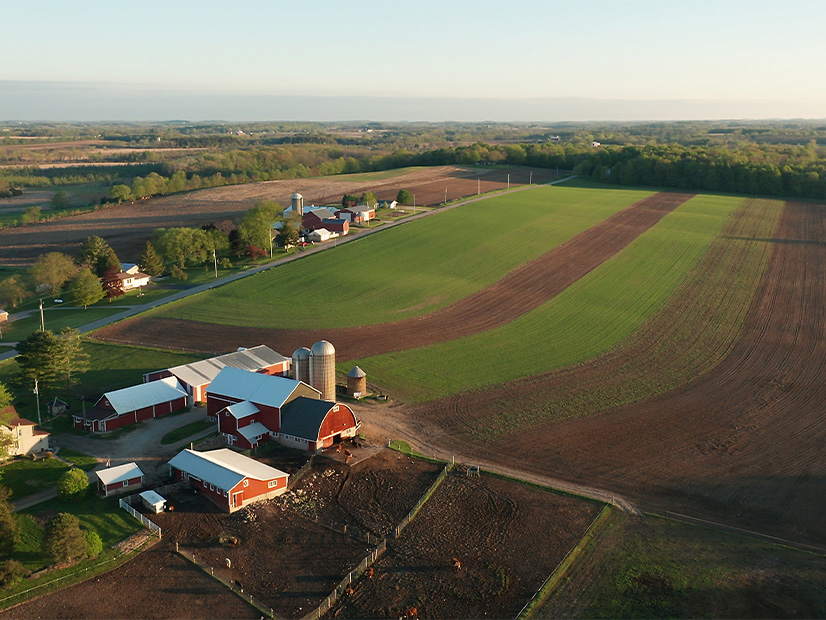
With a landmark “forever chemicals” ban on the books and new bills introduced to regulate their release into Maine’s environment, the state is working to understand the connection between synthetic fluorinated chemicals and air quality.
Much of the current focus on perfluoroalkyl and polyfluoroalkyl substances (PFAS) in Maine is about land and water contamination, but the state is one in a small group helping investigate PFAS in the air, according to Maine Department of Environmental Protection (DEP) Commissioner Melanie Loyzim.
PFAS “is a family of chemical compounds that most people in Maine had never heard of in 2019, but now we’re not doing enough fast enough to deal with it,” Loyzim said during an Environmental and Energy Technology Council of Maine webinar on issues before the Environment and Natural Resources (ENR) Committee.
In July, Gov. Janet Mills signed a bill that bans the use of PFAS in products by 2030, sets a drinking water standard and provides funding to test and treat drinking water in areas where wastewater sludge was spread as fertilizer. New bills under consideration in the ENR Committee seek to curtail distribution or disposal of sludge and leachate that has not been properly tested for PFAS.
The legislative efforts to prevent PFAS release are based on clear connections between spreading activities and contaminated land and water. Some states, however, are identifying PFAS contamination on locations “with no identifiable source … except atmospheric deposition,” Loyzim said. That means PFAS is likely moving from the atmosphere to land and water.
A Maine PFAS task force released a report in 2020 recommending that the state consider establishing an air deposition sampling program for a suite of PFAS. And last fall, the U.S. EPA released a PFAS roadmap that includes a directive for the Office of Air and Radiation to address PFAS air emissions.
“Under the Biden administration, the EPA is rushing to catch up with states like Maine to provide toxicity factors and water quality criteria that we can use to set more standards,” Loyzim said.
EPA on Monday added four PFAS to its Toxics Release Inventory list, bringing the number of PFAS on the list to nearly 200. Chemicals on the list are known to cause chronic human health effects, such as cancer. In a 2018 report, however, the California Department of Toxic Substances Control made a direct link between certain PFAS in carpets and global warming.
For example, the global warming potential (GWP) of one PFAS — perfluoropolymethylisopropyl ether — ranges from 7,620 over 20 years to 12,400 over 500 years, relative to CO2, the department said. Hydrofluorocarbons, which are known to have some of the highest GWPs, have comparable ranges.
Maine is now conducting deposition monitoring at one site through rainwater collection and analysis. EPA pays for the site, according to Loyzim, so the agency owns the site data.
“We’re waiting for the first dataset to come back so we can see what our results are,” she said.
Meanwhile, the DEP is studying other data related to PFAS in the air.
“We’re looking at information that’s been gathered in other states around emissions from sewage sludge incineration,” she said. “We’re really interested in understanding what the various air emission impacts would be of different kinds of treatment methods.”
Sludge drying, she added, could allow the material to be a “stable agent in landfills,” but applying too much heat in the process could “liberate PFAS into the environment.”
“Air emissions is one of the areas where the science is the most difficult because these compounds are so tricky to measure,” she said.

